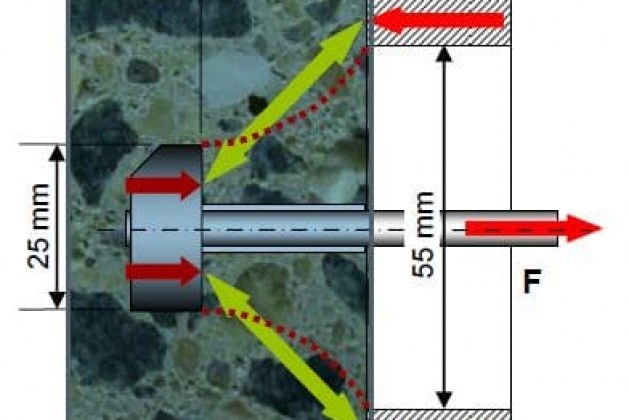Chemical analysis of concrete can provide extremely useful information regarding the causes of failure of concrete. The tests most frequently carried out chemical tests on concrete structures are: Depth of carbonation Chloride content Cement content Sulphate content Type of cement ...
Non-Destructive Tests
Home/How To Guide/Non-Destructive Tests/Page 4Do you need to remove the ads? Join now!
Discy Latest Articles
Strength Evaluation of Concrete Structures with Physical Load Test

Physical load test is required to determine the serviceability of the structure. Load arrangements, load intensity, loading criteria, instrumentation are explained.
Pullout Tests On Hardened Concrete

What is pullout tests on hardened concrete? The fundamental principle behind pull out testing is that the test equipment designed to a specific geometry will produce results (pull-out forces) that closely correlate to the compressive strength of concrete. This correlation ...
Core Sampling and Testing of Concrete and Factors Affecting Strength

Concrete cores are used for testing of actual properties of concrete in existing structures such as strength, permeability, chemical analysis, carbonation etc. Sampling of concrete cores and testing its strength is described. While Rebound Hammer, CAPO/Pullout, Windsor probe and ultrasonic ...
FIRE DAMAGE ASSESSMENT OF BUILDINGS

Differential Thermal Analysis (DTA) – Lab Test – Assessment of qualitative and quantitative composition of sample of concrete X-ray Diffraction (XRD) – Lab Test – To determine the extern of deterioration in concrete subjected to fire Differential Thermal Analysis (DTA) ...
Corrosion Potential Assessment of Concrete Structures

Methods of Corrosion Potential Assessment of Concrete Structures 1. Cover meter survey The necessity to provide adequate cover thickness to control corrosion needs no emphasis. A cover thickness survey is useful to determine existing cover thickness in a specified location, where ...
